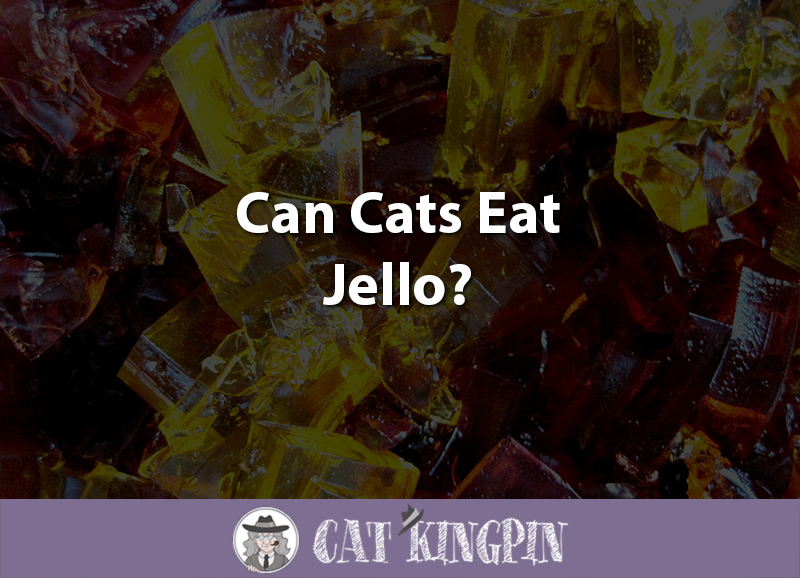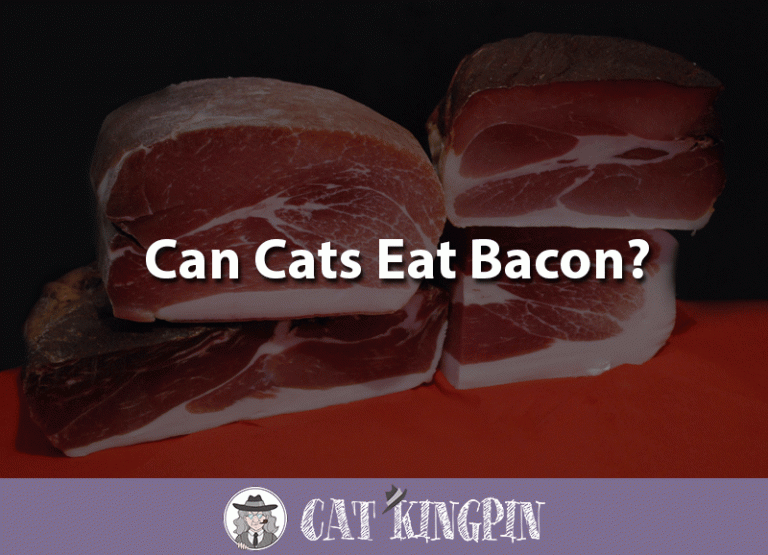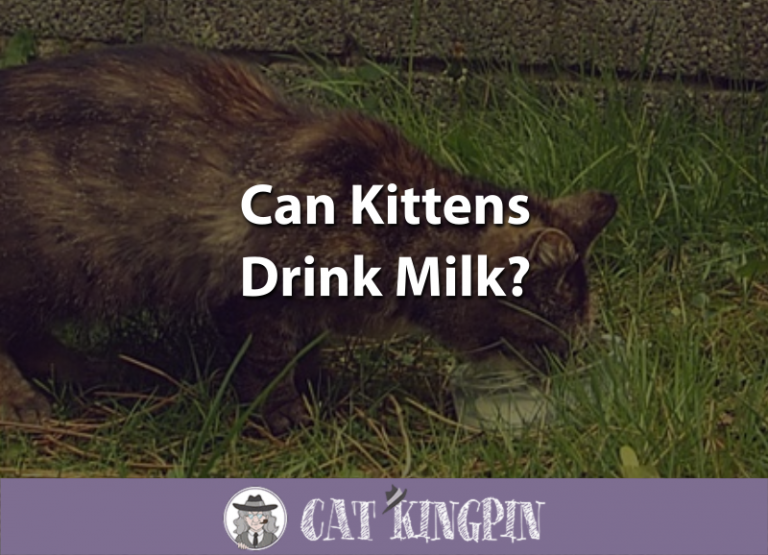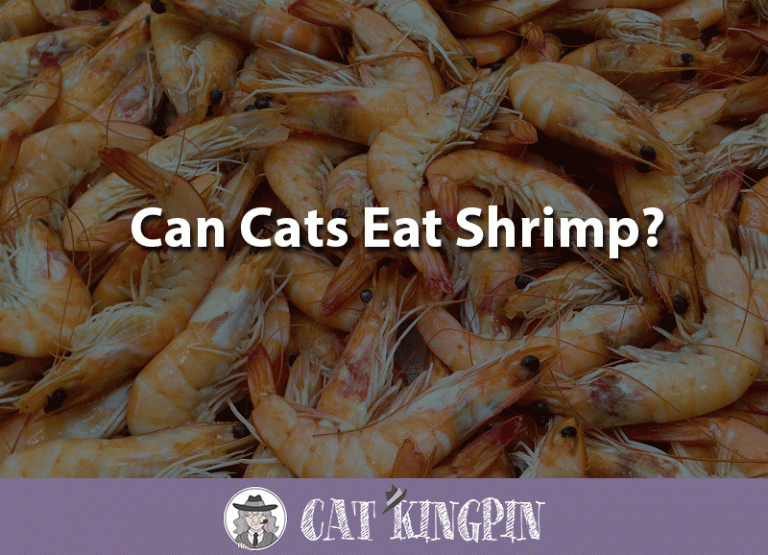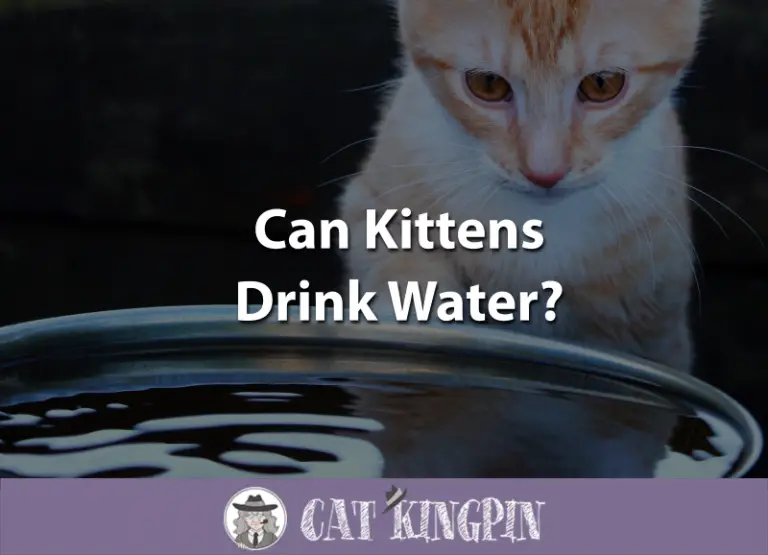Can Cats Eat Jello?
What kid doesn’t like jello? And it’s not just children; it’s estimated that about one million boxes are purchased each day in the United States alone!
Everyone knows that jello isn’t a health food for people, but is the flavored gelatin treat bad for cats?
Even if cats can eat it, is jello as yummy to our feline companions as it is for us?
In this article we’ll cover the following:
- Cats and Jello, What You Need to Know
- Can Cats Eat Jello?
- Can Kittens Eat Jello?
- Benefits/Drawbacks to Cats Eating Jello
- Healthy Alternatives to Jello for Cats

This content has been reviewed and approved by our in-house Veterinarian for accuracy.
Cats and Jello, What You Need to Know
Jello is the common name for a fruit flavored gelatin most often served as a desert. Called jelly in Great Britain, the popularity of Kraft’s Jell-O in Canada and the United States has resulted in people in North America referring to almost all gelatin snacks as jello.
Jello is made primarily of sugar or artificial sweeteners and gelatin. Gelatin is a protein produced from collagen that extracted by boiling bones, connective tissue, and other animal by-products.
Used since the 15th century, especially in desserts, gelatin became particularly popular in Victorian era New York where they were made into extravagant shapes.
As the process of making them was expensive and labor-intensive, gelatins were considered to be high-society desserts. In the mid-eighteen hundreds, powdered gelatin was invented making the popular treat available to the masses.
Today, jello is most commonly sold in powder form, and comes in a variety of colors and flavors. The powder is dissolved in hot water, and then chilled until it becomes firm and bouncy.
Often, the liquid jello solution is poured over fruit and vegetables to make a salad. Jello can be topped with whipped cream and molded into various shapes to make elaborate.
While people often enjoy the various flavors of jellos, cats gain most of their nutrition from eating meat. So, it’s easy to see that our feline friends won’t get much out of eating one of these sweet treats, even though many do seem to like it, as we can see from the following video:
Can Cats Eat Jello?
Yes, as long as it doesn’t contain the artificial sweetener Xylitol, your cat can eat jello, at least in small amounts. However, the real question is: should your cat eat jello?
First of all, jello is a pretty poor choice nutritionally for your cats. As obligate carnivores, all they really need to eat to satisfy their nutritional requirements is meat.
Secondly, since cats don’t really have a sweet tooth, don’t be surprised if they simply aren’t interested in eating jello.
Despite the fact that jello is low in many of the nutrients your cat actually needs for a balanced diet, many kitties can’t seem to get enough Let’s watch another video and see.
Hopefully, that’s not a jello shot!
Can Kittens Eat Jello?
Kittens are more susceptible to bacteria than adult cats with most foods because they are tiny and not yet fully developed. Potentially harmful ingredients, such as Xylitol, are more likely to affect a kitten than an adult cat.
Instead of jello, why not try giving your kitten a healthy kitten food like Blue Wilderness kitten food? This type of food has everything your kitten needs to grow up big and strong, without anything that could cause harm.
Benefits/Drawbacks to Cats Eating Jello
Jello without artificial sweeteners is normally a safe snack for your cat, but it isn’t really good for them.
While jello does contain small quantities of protein, it is high in sugar. Eating a diet with excess sugar and calories can lead to obesity for your cat.
Even more concerning is that a number of brands of jello, as well as Jell-O brand pudding, contain the artificial sweetener Xylitol. While there have been few recorded cases of Xylitol poisoning in cats, toxicity is well-known in dogs.
When a dog ingests Xylitol, its body mistakes the chemical for a massive dose of sugar and releases a huge flood of insulin from the pancreas. This can send the dog into potentially lethal hypoglycemia (low blood sugar).
As cats do not have taste receptors for sweetness, they are less likely to consume sweet-tasting foods or drinks; you don’t often hear about xylitol poisoning in cats. However, it is believed they may be even more sensitive than dogs to this artificial sweetener.
The truth is you’re better off never giving your cat jello.
Healthy Alternatives to Jello for Cats
There are many healthy alternatives to feeding your cat jello.
For cats that like a little more variety in their diet, there are Sheba cat sticks that come in chicken, tuna, beef, and salmon flavors. They’ll keep things interesting for your feline friend.
In general, it’s best to stick with giving your feline companion a high-quality cat food like Blue Wilderness. It’s grain-free and is primarily made with meat.
So, Can Cats Eat Jello?
Cats can eat jello, though only in small amounts. It is best never to give a cat jello if it contains artificial sweeteners like Xylitol.
Because of its sweet taste, not all cats are interested in eating jello, and it’s a poor choice for your cat, nutritionally-speaking. Make sure your cat gets the bulk of their diet from a high-quality, meat-based cat food, such as Wellness or Taste of the Wild.
What did you think of this post? If you have any questions or would like to share a story about your cat and a healthy snack they really enjoy, please tell us in the comments below! We’d love to hear from you.

